订阅 wiki
Share wiki
Bookmark
AthenaX9
AthenaX9
AthenaX9 is a decentralized AI infrastructure platform powered by Laika AI and is designed to provide secure, private, and efficient AI computation services. It aims to address the challenges of centralized AI systems by offering a decentralized alternative that prioritizes data privacy and computational efficiency. [1] [2] [3]
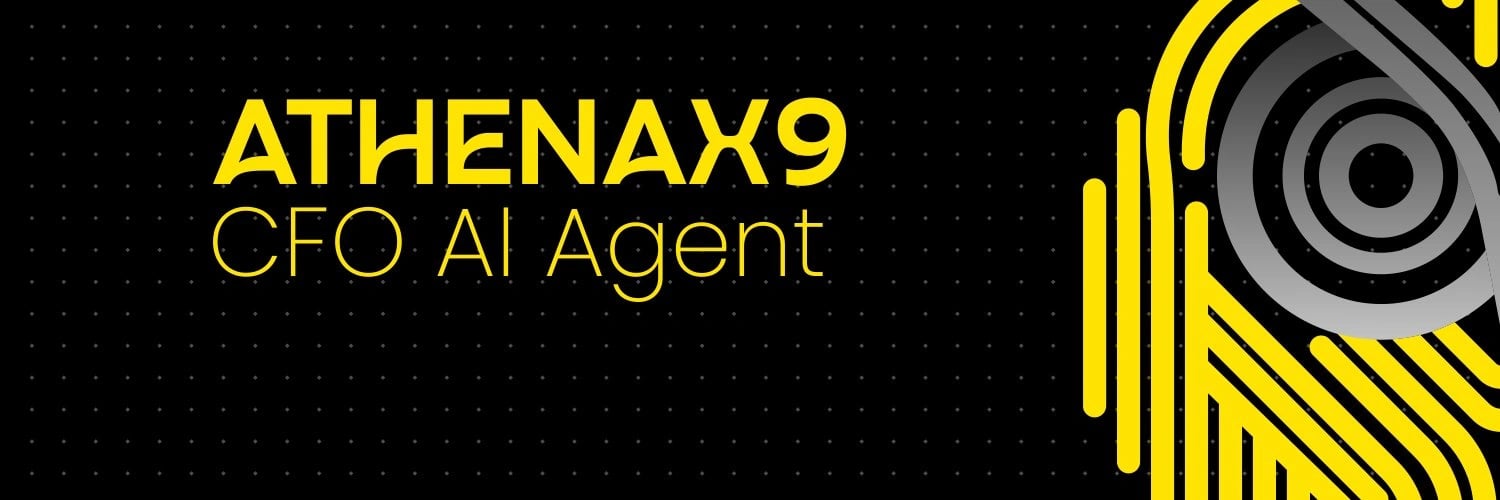
Overview
AthenaX9 operates as a decentralized AI infrastructure platform that enables secure and private AI computation. The platform is built on a foundation of decentralized principles, seeking to provide an alternative to centralized AI systems that often raise concerns about data privacy, security, and computational efficiency. By leveraging blockchain technology and distributed computing, AthenaX9 attempts to create a more transparent and user-controlled AI ecosystem.
The platform's architecture incorporates various technological components including a decentralized network of compute providers, privacy-preserving mechanisms, and a token-based economic model. This infrastructure is designed to support a range of AI applications while maintaining user data sovereignty and providing computational resources in a more accessible manner than traditional centralized systems. [1] [6]
Core Capabilities

Multi-Chain Analysis Engine
Provides support for over 18 EVM-compatible blockchains, offering tools for real-time transaction tracking, smart contract interaction analysis, and cross-chain fund flow monitoring.
Social Intelligence Module
Monitors influencer activity across platforms, conducts content and sentiment analysis, and includes features such as automated transcription of YouTube content, Telegram group monitoring, and sentiment tracking on Twitter.
Smart Money Tracking System
Analyzes wallet behavior to identify patterns, tracks high-value transactions, assesses historical performance, and detects movements from large holders and institutional actors.
Market Analysis Engine
Examines trading volume, identifies price correlations, monitors liquidity pools, tracks trading behavior, and detects indicators of potential market manipulation. [4]
Key Features
Influencer Intelligence
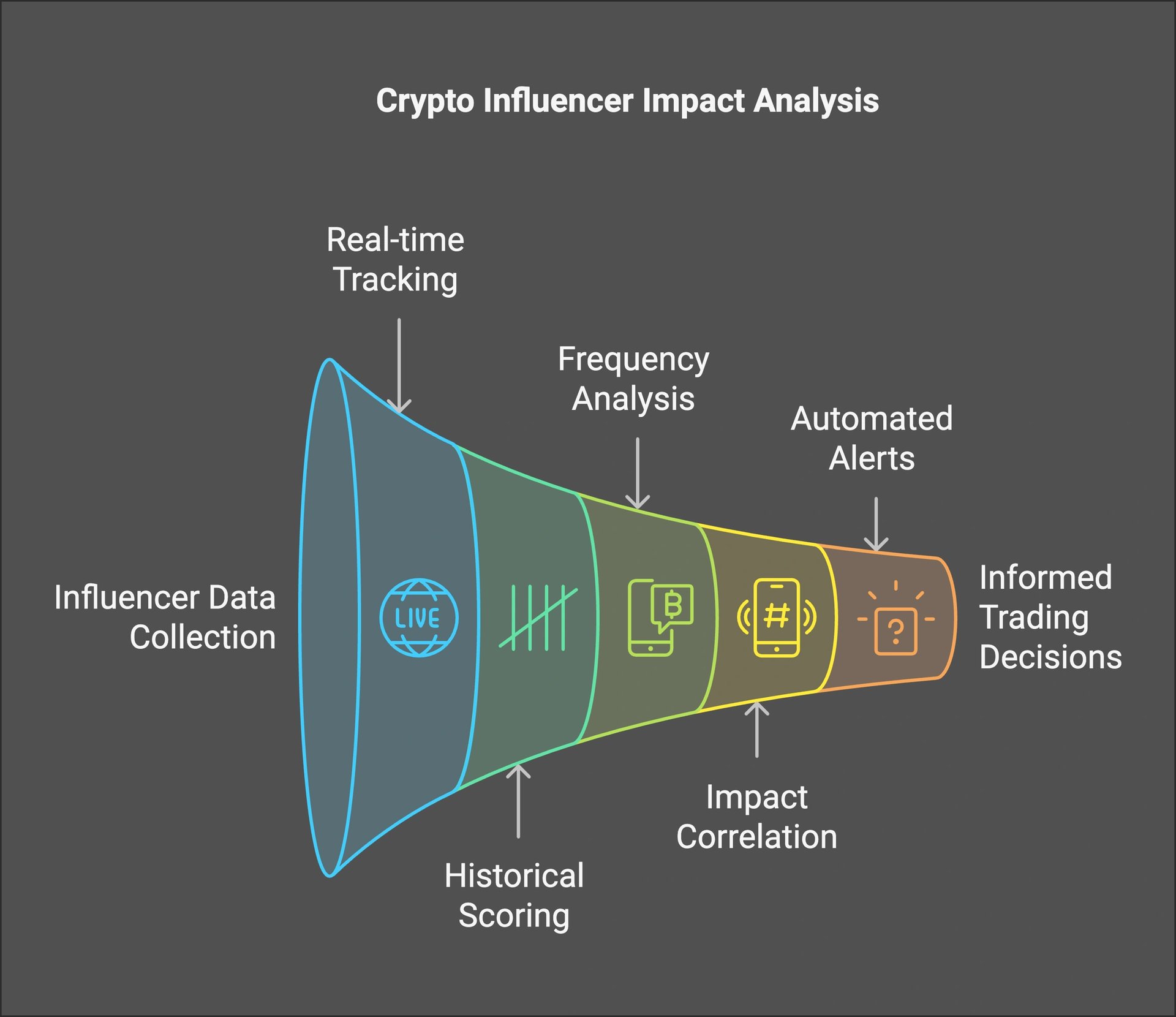
Tracks activity from cryptocurrency influencers across social platforms, evaluates historical prediction accuracy, and analyzes token mentions in relation to market trends. Includes automated alerts for new recommendations.
Market Movement Analysis
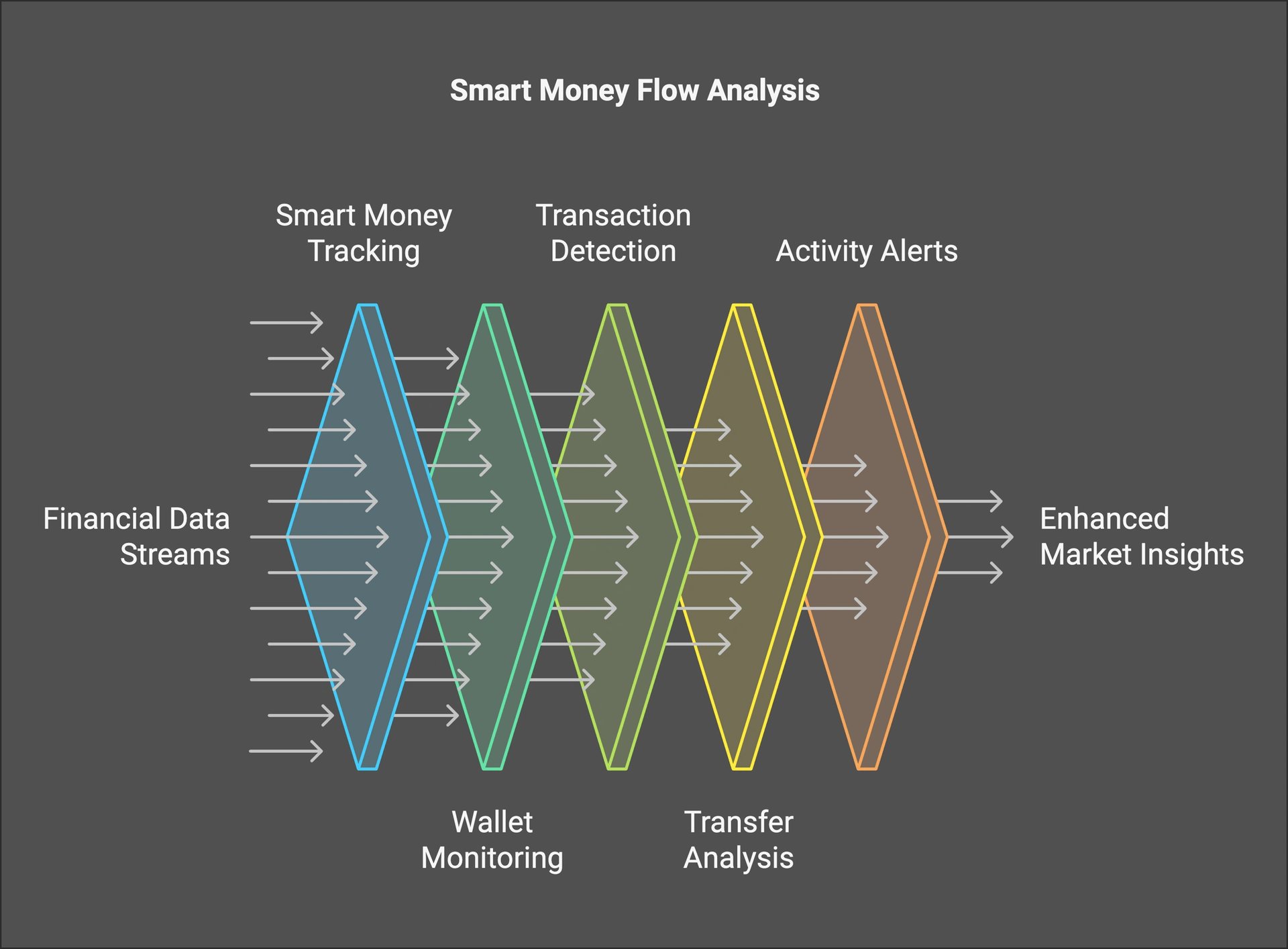
Monitors capital flows from high-value wallets, identifies institutional activity, detects large transactions, and analyzes cross-chain movements. Alerts users to irregular on-chain behaviors.
DeFi Protocol Analysis
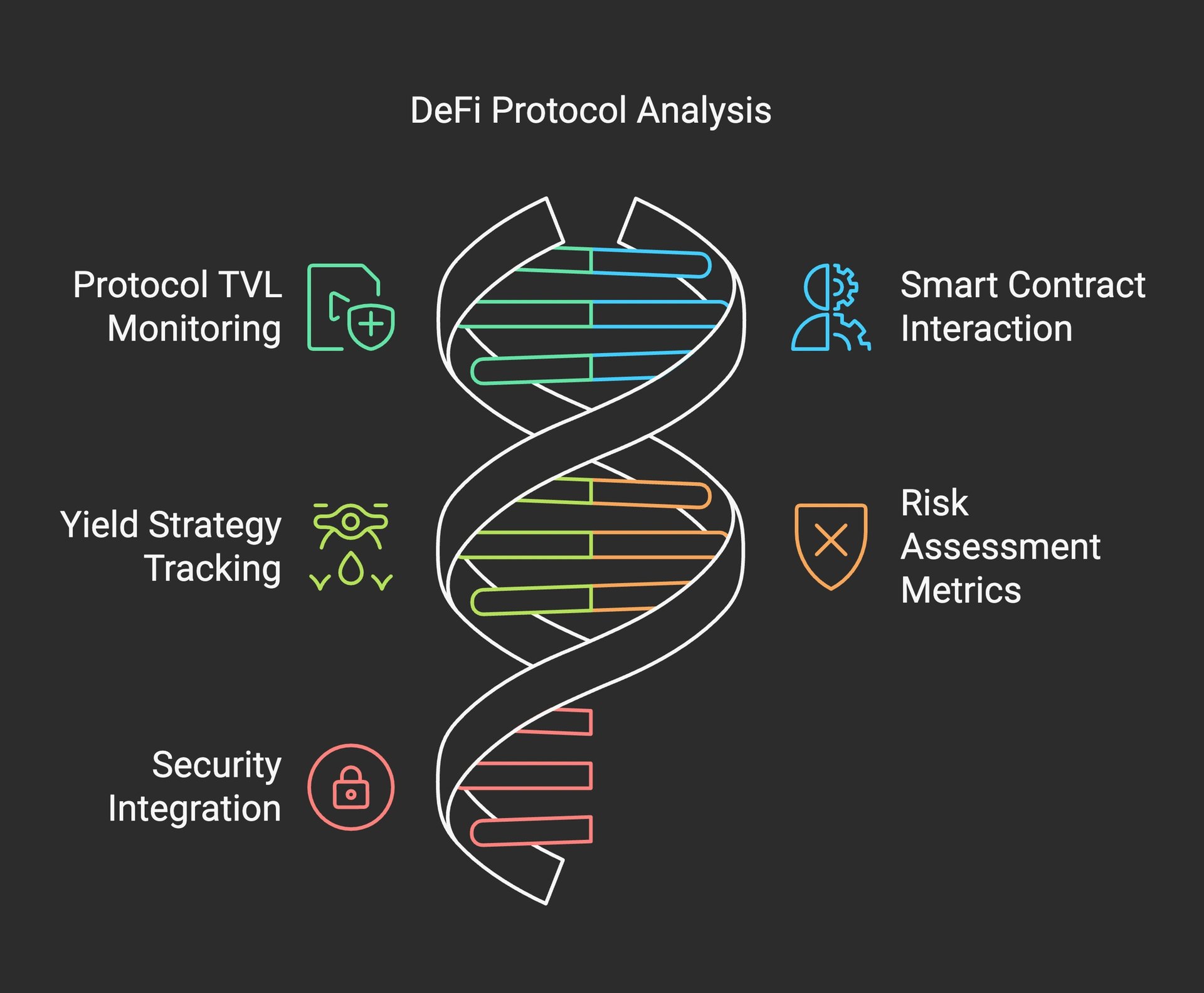
Assesses decentralized finance protocols by monitoring total value locked (TVL), analyzing contract interactions, evaluating yield strategies, and integrating risk metrics and security assessments.
Trading Intelligence

Analyzes trading volume across platforms, tracks price behavior, monitors liquidity conditions, and evaluates order book dynamics and market maker patterns. [10]
Ecosystem and Use Cases
- Enterprise AI Solutions: Businesses can utilize the platform for secure AI computations without compromising sensitive data [1]
- Healthcare Applications: Medical institutions can process patient data while maintaining compliance with privacy regulations [1]
- Financial Services: Financial institutions can perform AI-driven analysis on sensitive financial data with enhanced security [1]
- Research Collaborations: Academic and research institutions can share computational resources without exposing proprietary data [1]
Technical Architecture
Compute Layer
The compute layer forms the foundation of the AthenaX9 platform, comprising a network of distributed nodes that provide computational resources. These nodes operate within a consensus mechanism that verifies the integrity and completion of AI tasks. The architecture incorporates load balancing and resource allocation algorithms to optimize performance across the network. [5]
Privacy Layer
The privacy layer implements various cryptographic techniques and privacy-preserving computations to ensure data security. This includes homomorphic encryption, secure multi-party computation, and [zero-knowledge proofs (ZKP)](https://iq.wiki/wiki/zero-knowledge-proofs-zkps) that allow computations on encrypted data without revealing the underlying information. The system is designed to maintain GDPR compliance and other relevant data protection standards. [5]
Protocol Layer
The protocol layer manages the interactions between different components of the system, establishing standards for data exchange, computation requests, and resource allocation. It includes APIs and interfaces that allow developers to integrate with the AthenaX9 infrastructure and build applications on top of it. [5]
Tokenomics

AthenaX9 Token ($AIX9)
AthenaX9 utilizes a native token that serves multiple functions within its ecosystem. The token is designed to facilitate transactions, incentivize participation, and enable governance within the platform. [1]
- Ecosystem Development: 30% allocated to fund ongoing development and ecosystem growth
- Team and Advisors: 20% allocated to the founding team and advisors with vesting schedules
- Private Sale: 15% allocated to early investors and strategic partners
- Public Sale: 10% allocated for public token distribution
- Community Rewards: 15% allocated for user incentives and community building
- Treasury: 10% reserved for future initiatives and contingencies [1]
- Computation Payments: Users pay for AI computation services using the token
- Staking: Token holders can stake to secure the network and earn rewards
- Governance: Token holders can participate in platform governance decisions
- Node Operation: Required for running compute nodes on the network
- Fee Discounts: Token holders receive discounts on platform services
Partnerships
IronChain Bank
AthenaX9 has partnered with Ironchain Bank to expand access to AI-powered market intelligence and trading tools. The collaboration integrates AthenaX9’s blockchain analytics capabilities—such as real-time data processing and DeFi project tracking—with Ironchain Bank’s financial infrastructure. This partnership supports the development of advanced, secure, and data-driven solutions for investors and market participants. [7]
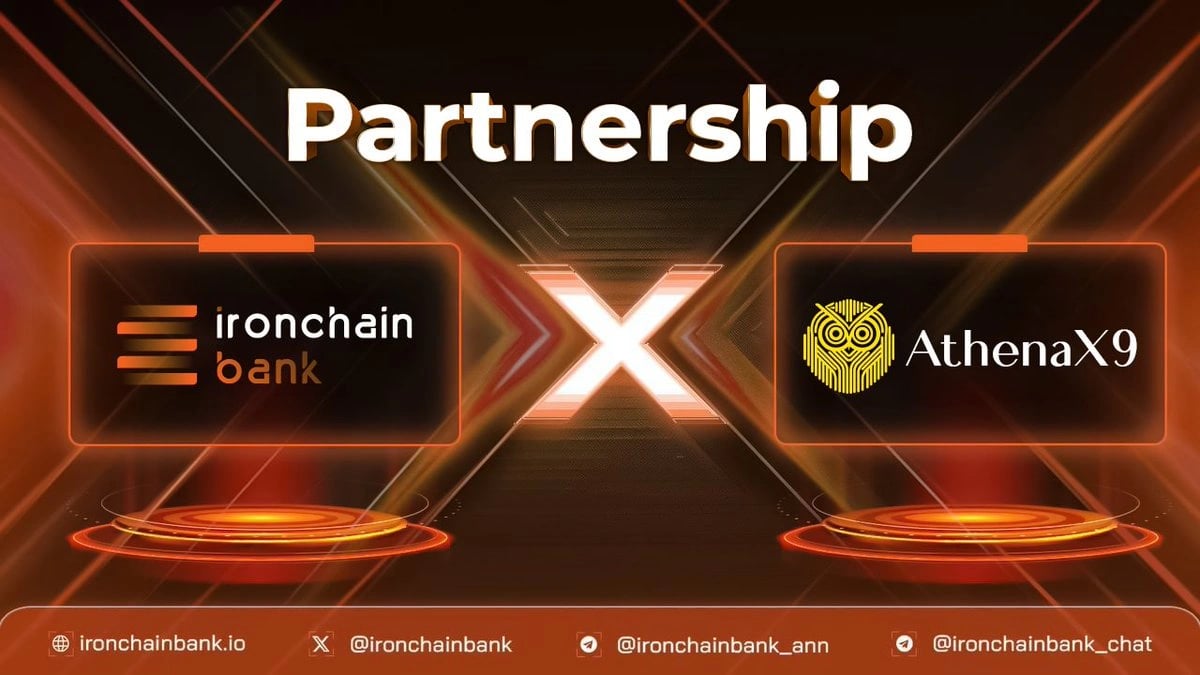
FMCPAY
AthenaX9 has established a strategic partnership with FMCPAY, a cryptocurrency exchange platform. The collaboration integrates AthenaX9’s AI-driven market analysis tools with FMCPAY’s trading infrastructure, aiming to improve user experience through enhanced data-driven decision-making and blockchain interoperability. [8]

AthenaX9 has entered into a collaboration with GPTVerse, integrating its AI-powered market analysis tools with GPTVerse's ecosystem. This partnership focuses on enabling users to process and interpret blockchain data more effectively through AthenaX9’s conversational AI interface, supporting informed decision-making across decentralized markets. [9]
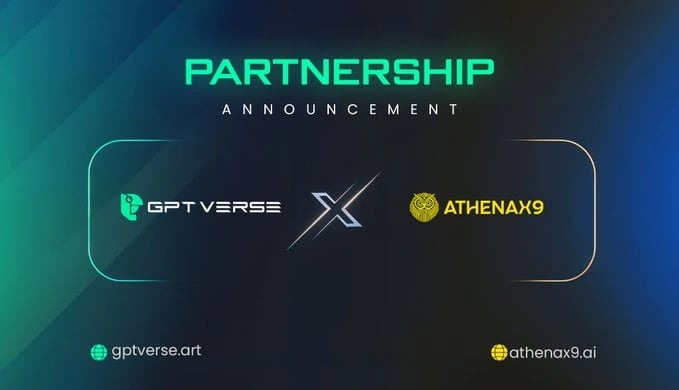
发现错误了吗?
